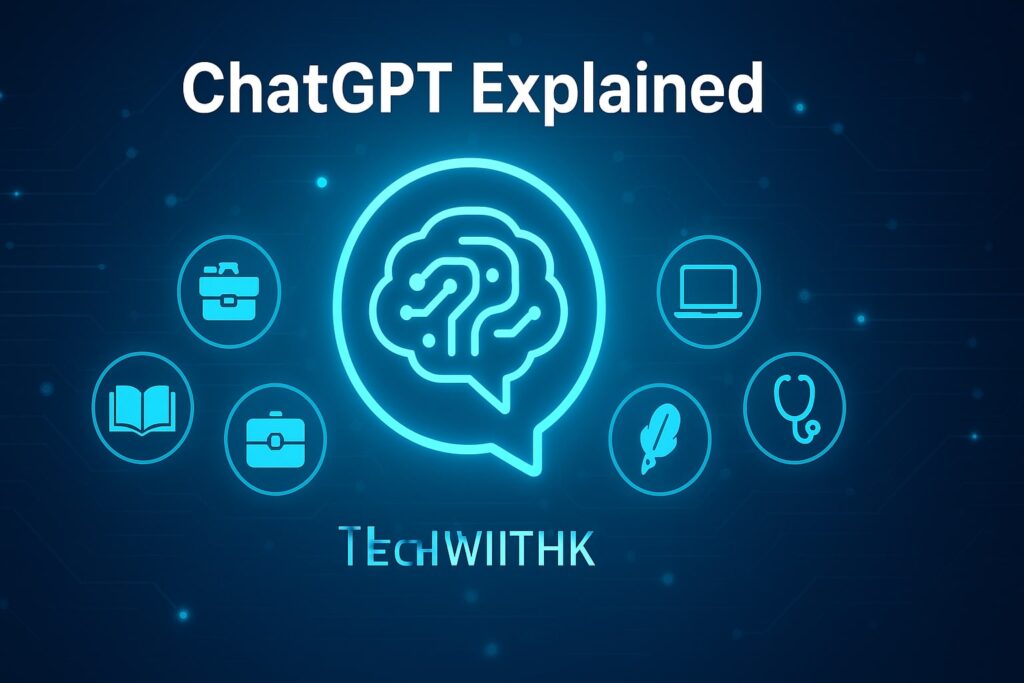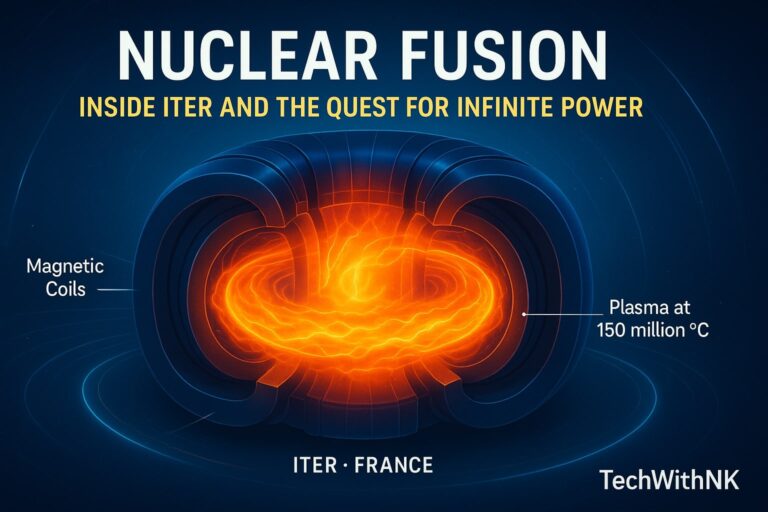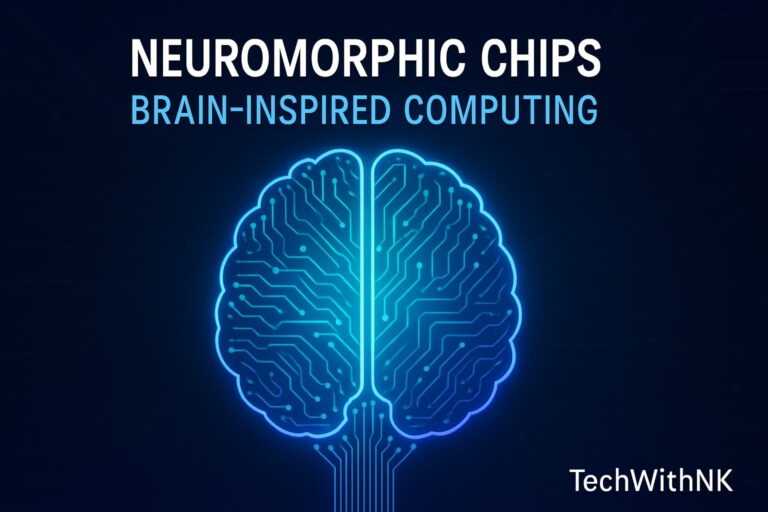Introduction
Artificial Intelligence (AI) has rapidly moved from research labs into our everyday lives. From voice assistants like Siri and Alexa to recommendation engines on YouTube and Netflix, AI is everywhere. Among the most transformative AI technologies in recent years is ChatGPT, developed by OpenAI.
ChatGPT is a conversational AI model capable of generating human-like responses in natural language. Whether you want to draft an email, write code, create poetry, generate ideas, or explain complex subjects, ChatGPT can do it. With its ability to understand context and respond intelligently, it is often compared to talking with a real human.
In this blog, we will dive deep into ChatGPT’s history, architecture, how it works, its applications, benefits, limitations, controversies, and the future of conversational AI. This comprehensive guide will help you understand why ChatGPT is considered one of the biggest technological breakthroughs of the 21st century.
What is ChatGPT?
ChatGPT is a Generative Pre-trained Transformer (GPT) model designed for conversational tasks. It belongs to the family of large language models (LLMs) developed by OpenAI, a research company focused on artificial general intelligence (AGI).
At its core, ChatGPT is trained on massive amounts of text data from books, websites, research papers, and conversations. It learns patterns of language, grammar, facts, and reasoning. This allows it to predict the next word in a sentence with high accuracy, enabling fluid conversations.
Chat: Refers to its ability to carry natural conversations.
GPT: Stands for Generative Pre-trained Transformer.
Unlike older chatbots that followed rigid rules, ChatGPT can adapt to open-ended queries and provide creative, context-aware answers.

A Brief History of ChatGPT and OpenAI
1. The Birth of OpenAI (2015)
OpenAI was founded in December 2015 by a group of tech visionaries including Elon Musk, Sam Altman, Greg Brockman, Ilya Sutskever, John Schulman, and Wojciech Zaremba. Their mission was to ensure that artificial general intelligence benefits humanity.
2. GPT-1 (2018)
The first GPT model had 117 million parameters. Though small compared to today’s standards, it proved that transformer-based models could outperform previous approaches.
3. GPT-2 (2019)
GPT-2 had 1.5 billion parameters and generated human-like text. OpenAI initially withheld full release due to concerns about misuse (fake news, spam, disinformation).
4. GPT-3 (2020)
With 175 billion parameters, GPT-3 shocked the world. It could write essays, code, poetry, and even mimic specific writing styles. This version made AI mainstream.
5. ChatGPT Launch (November 2022)
OpenAI fine-tuned GPT-3.5 for conversational purposes and released it as ChatGPT. Within 5 days, it reached 1 million users, making it one of the fastest-growing apps in history.
6. GPT-4 (March 2023)
GPT-4 was more powerful, accurate, and capable of handling text + image inputs. It improved reasoning and reduced hallucinations (wrong answers).
7. GPT-4 Turbo, GPT-5 & Beyond (2024–2025)
OpenAI continues to enhance ChatGPT with faster models (GPT-4 Turbo), plugins, memory features, and advanced AI agents. GPT-5 is expected to push conversational AI into multimodal, autonomous, and real-time reasoning.
How Does ChatGPT Work?
ChatGPT is based on transformer architecture, introduced in the 2017 paper “Attention Is All You Need”.
Step-by-Step Working:
Data Collection
ChatGPT is trained on vast text datasets: books, Wikipedia, news, code repositories, forums, etc.Pre-training
The model learns to predict the next word in billions of sentences. For example:
Input: The sun rises in the…
Model Prediction: east.Fine-Tuning with Human Feedback (RLHF)
OpenAI uses Reinforcement Learning with Human Feedback. Human trainers rank responses, and the model learns what “good” answers look like.Inference (User Interaction)
When you type a prompt, ChatGPT breaks it into tokens (word fragments), processes it through billions of neurons, and generates the most probable response.Continuous Updates
OpenAI regularly updates the model to reduce errors, biases, and hallucinations.
Key Features of ChatGPT
Conversational Abilities – Engages in natural, context-aware dialogue.
Multitasking – Can explain, summarize, code, translate, brainstorm, and more.
Multilingual Support – Understands and generates text in multiple languages.
Custom Instructions – Users can set style, tone, and preferences.
Plugins & Browsing (Pro version) – Can access real-time internet data.
Memory (2024 onward) – Remembers past interactions for personalized conversations.
Applications of ChatGPT
1. Education
Tutoring students in math, science, languages.
Writing essays, research papers, and study notes.
Creating interactive quizzes and flashcards.
2. Business
Drafting emails, contracts, and presentations.
Market research, competitor analysis.
Automating customer support.
3. Software Development
Writing, debugging, and explaining code.
Generating documentation.
Assisting with algorithms and data structures.
4. Content Creation
Blogging, SEO writing, storytelling.
Scriptwriting for YouTube, podcasts.
Generating marketing copy.
5. Personal Use
Brainstorming ideas, recipes, workouts.
Learning new skills.
Casual conversation and companionship.
6. Healthcare (Assistance only)
Summarizing medical research.
Assisting doctors with documentation.
Patient education (with disclaimers).
7. Research & Innovation
Assisting scientists with literature reviews.
Prototyping new ideas.
Exploring philosophical questions.
Benefits of ChatGPT
Time-saving – Quick generation of drafts and ideas.
Accessibility – Helps non-experts access complex knowledge.
Cost-effective – Reduces manual labor in writing, coding, and research.
Scalable Support – Can handle millions of users simultaneously.
Creativity Boost – Generates new ideas and unique perspectives.
Limitations and Challenges
Despite its strengths, ChatGPT has limitations:
Hallucinations – Sometimes produces incorrect facts confidently.
Bias – May reflect biases present in training data.
Lack of True Understanding – Generates text statistically, not through real comprehension.
Dependency – Users risk over-relying on AI for thinking and writing.
Ethical Issues – Possible misuse in spam, fake news, plagiarism.
Conclusion
ChatGPT is not just a chatbot—it’s a revolution in human-computer interaction. From students to engineers, businesses to creators, millions are using it daily. While it has challenges like bias and hallucination, its potential to transform industries is undeniable.
As we look to the future, ChatGPT and its successors will shape how we learn, work, and communicate. The key will be balancing innovation with responsibility.
In short, ChatGPT is more than a tool—it’s a glimpse into the future of artificial intelligence.











